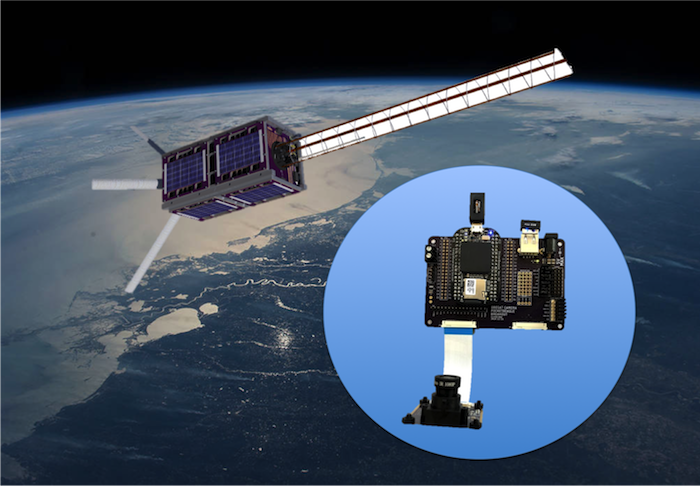When the Portland State Aerospace Society started in 1999, the members likely never imagined their open source amateur rocket avionics systems would someday actually make it to space. Twenty years later, thanks to NASA’s CubeSat Launch Initiative, or CSLI, they are now building Oregon’s first satellite as a completely open source hardware and software project.
The CSLI, provides opportunities for “CubeSat” form factor nanosatellites built by universities, high schools and non-profit organizations to fly on upcoming launches. NASA provides these CubeSat developers a low-cost pathway to conduct scientific investigations and technology demonstrations in space, thus enabling students, teachers and faculty to obtain hands-on flight experience.
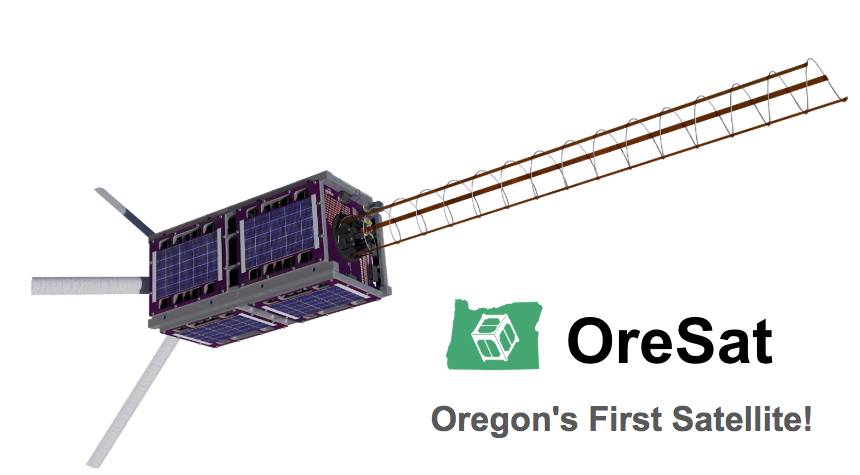
We had a chat with Andrew Greenberg, the faculty advisor of the Portland State Aerospace Society and “OreSat”, their CSLI CubeSat mission. He teaches the undergraduate Senior Capstone class at Portland State University, where lots of BeagleBoard.org® PocketBeagles® are in use not only in PSU’s labs, but also in OreSat!

OreSat brings Space Research to Every High School in Oregon:
A CubeSat is a small form factor research spacecraft, often used for educational purposes, that meets a standard of 10 cm x 10 cm x 10 cm. Each one of these cubes is a unit, or 1U, and CubeSats can range from 1U up to 6U. OreSat is a 2U CubeSat being built by Portland State and a consortium of Oregon higher education institutions as a both a scientific research satellite and an interactive space-based STEM outreach program bringing space to possibly every high school in the state.
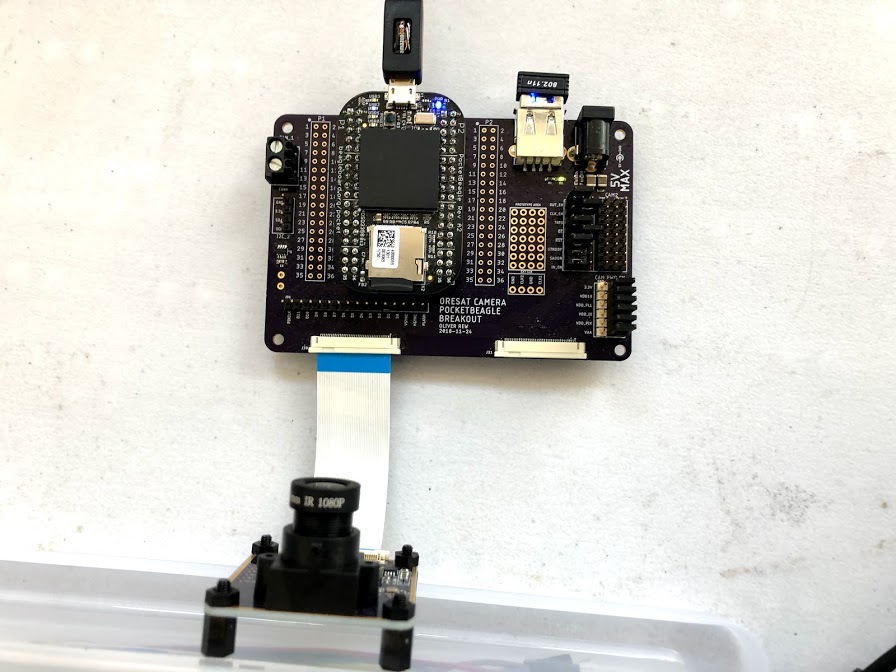
OreSat’s primary mission and “payload” will be a camera, currently prototyping with a PocketBeagle®. The camera will be pointed at Oregon high schools and transmit live “selfie” video directly from low earth orbit, about 400 km above the students. The students will receive the video on open source equipment that they build themselves from an inexpensive kit. The kit, which is currently based on PocketBeagle®, contains a STEM curriculum of space, satellites, amateur radio, and electronics.
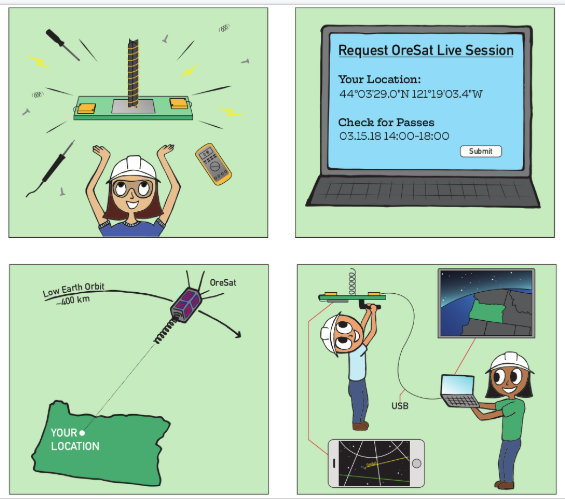
OreSat Contributes to NASA’s Strategic Goals:
To be accepted into the CSLI program, each mission must demonstrate a benefit to NASA by addressing aspects of science, exploration, technology development, education or operations relevant to NASA’s strategic goals. OreSat’s secondary mission hits the science goals by flying the Cirrus Flux Camera, an inexpensive camera-based system that studies the distributions and properties of high-altitude cirrus clouds, which strongly influence global climate models.
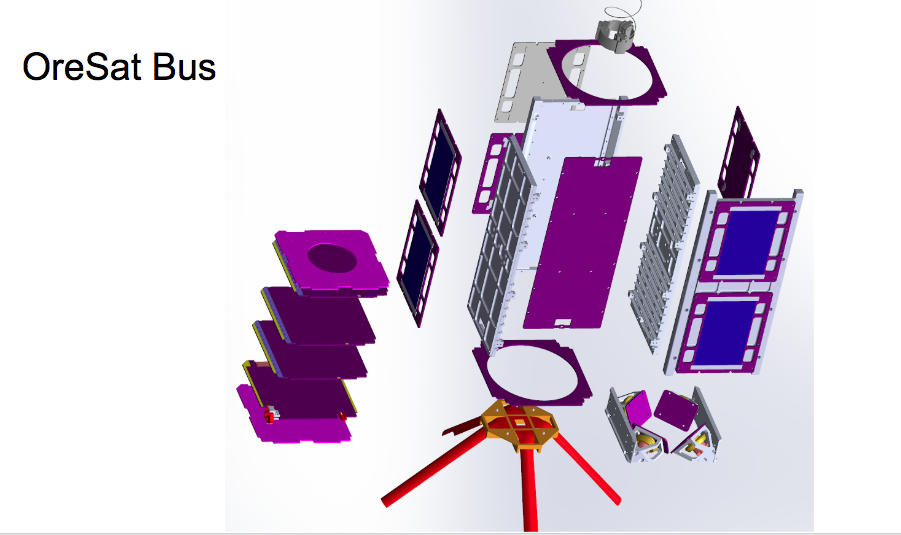
OreSat’s tertiary mission is to raise the “technological readiness level”, a NASA phrase for technology maturity level, of a suite of CubeSat technologies: OreSat’s novel open source card-cage based CubeSat bus, an open reaction wheel design that will point the satellite, OreSat’s WiFi-based radio communication system, and Gallium Arsenide solar cells.
Bringing BeagleBoards to Space:
OreSat was accepted into the program in 2017 and will launch in the fall of 2020. It’s a busy time right now for the dozens of students and community members building OreSat; critical subsystems are being finished and integrated in their “FlatSat” integration platform, where dozens of PCBs are strung together to simulate a working satellite. This test system involves both completed PCBs and prototypes, including PocketBeagle® and BeagleBone® Black SBCs simulating future boards.

Because OreSat is completely open source, they strive for all products used in the system to be open source hardware and software. Their presentations, software and hardware designs are all available on their GitHub page. In addition to their camera systems, PocketBeagle® is currently being used in prototypes for everything from the main computing module, to a star tracker, to a software defined radio GPS receiver.
The Importance of Open Hardware Designs:
PocketBeagle®’s open hardware and open software design, combined with the small size of the Octavo Systems System in Package core component, is making it extremely easy for the students to integrate “Linux boxes in a chip” in their designs for OreSat. Having the EAGLE CAD files available, a well-written layout guide, and the ability to use a four layer PCB (rather than six or eight) gives the students a huge leg up. They can concentrate on their CubeSat-specific system while avoiding the complexity that usually comes with a microprocessor design. From a software perspective, the PRUs available on the Texas Instruments AM335x in the core of the system gives the students access to powerful real-time units for the many real-time tasks in a CubeSat, including custom camera communication busses and acquiring data directly from the SDR GPS.
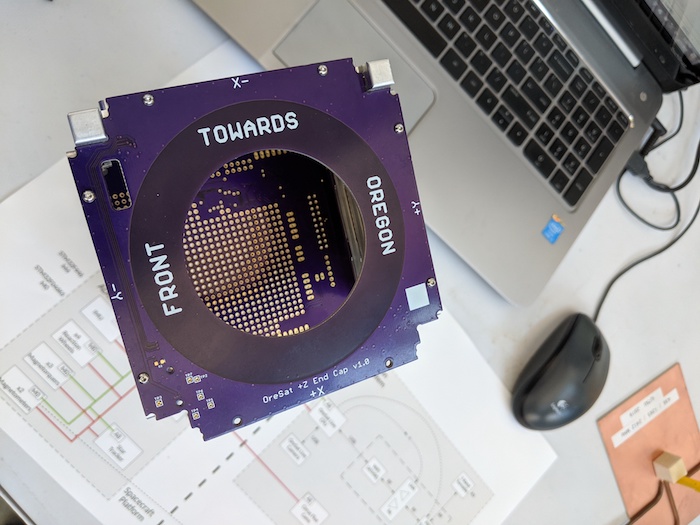
OreSat is making great contributions to the open-source community, with all of the software and hardware designs fully available, and their excellent documentation of each part of the project.
There are lots of ways for the BeagleBoard.org® community to get involved:
First, of course, consider helping out their fund-raising effort. While the CSLI program will give them a free ride to space, they are crowd funding the design, build, and test of their satellite. While there are generous partners helping where possible with PCB costs, their finance team needs help to get them off the ground.
Second, they would love to connect with other BeagleBoard.org® community members who are working with BeagleBoards® in Space applications to share mission technology and heritage. If you’ve used BeagleBoards® in space, please reach out to them and let them know how it went!
And finally, we can continue to interact with the students in the forums with technical guidance and code availability. It will be a great day in the fall of 2020 when the Oregon students can all participate in getting live video from space, all with the help of BeagleBoards® and the BeagleBoard.org® community.
Links
https://www.nasa.gov/content/cubesat-launch-initiative-selections

